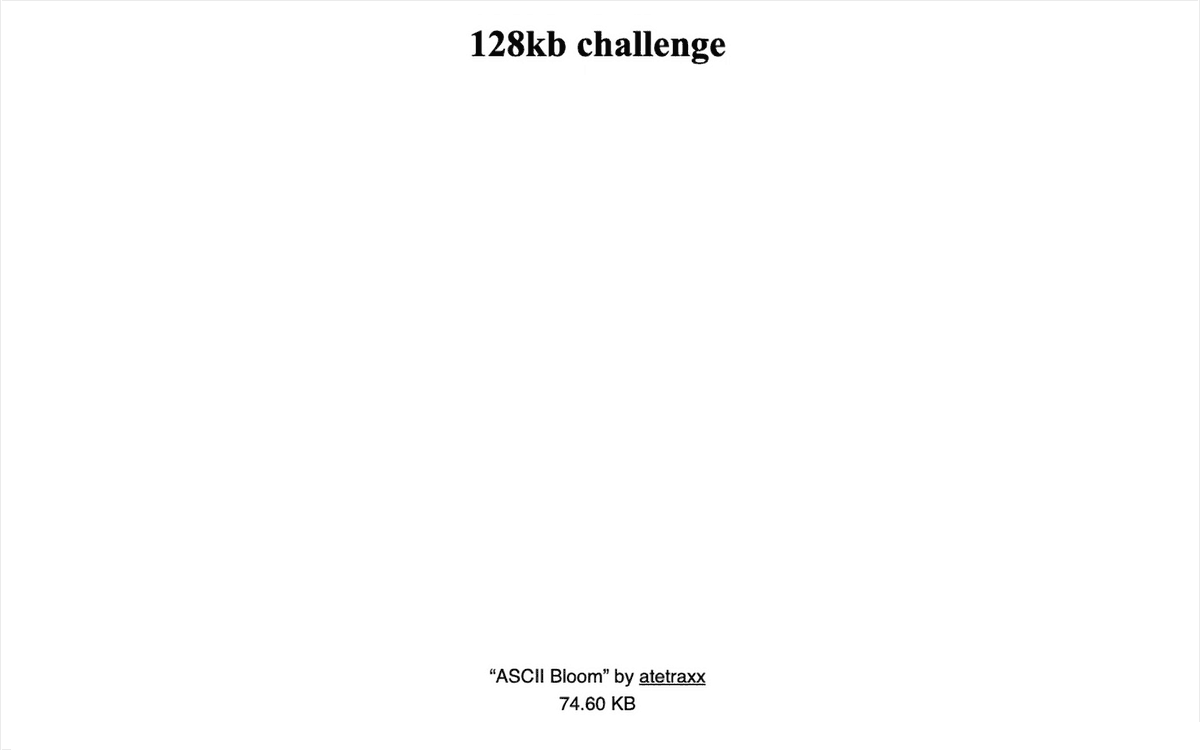All
Gala Hernández López’s sci-fi documentary for here am i sitting in a tin can far above the world (2024) premieres at Berlinale. In the double-screen collage of YouTube videos, archival images, and 3D animations, the French artist-researcher and filmmaker explores the links between crypto culture and cryogenics as two speculative technologies that exploit the future. A key narrative figure: American extropian and cypherpunk Hal Finney, who, in a fictional future, implements societal biostasis for economic gain.
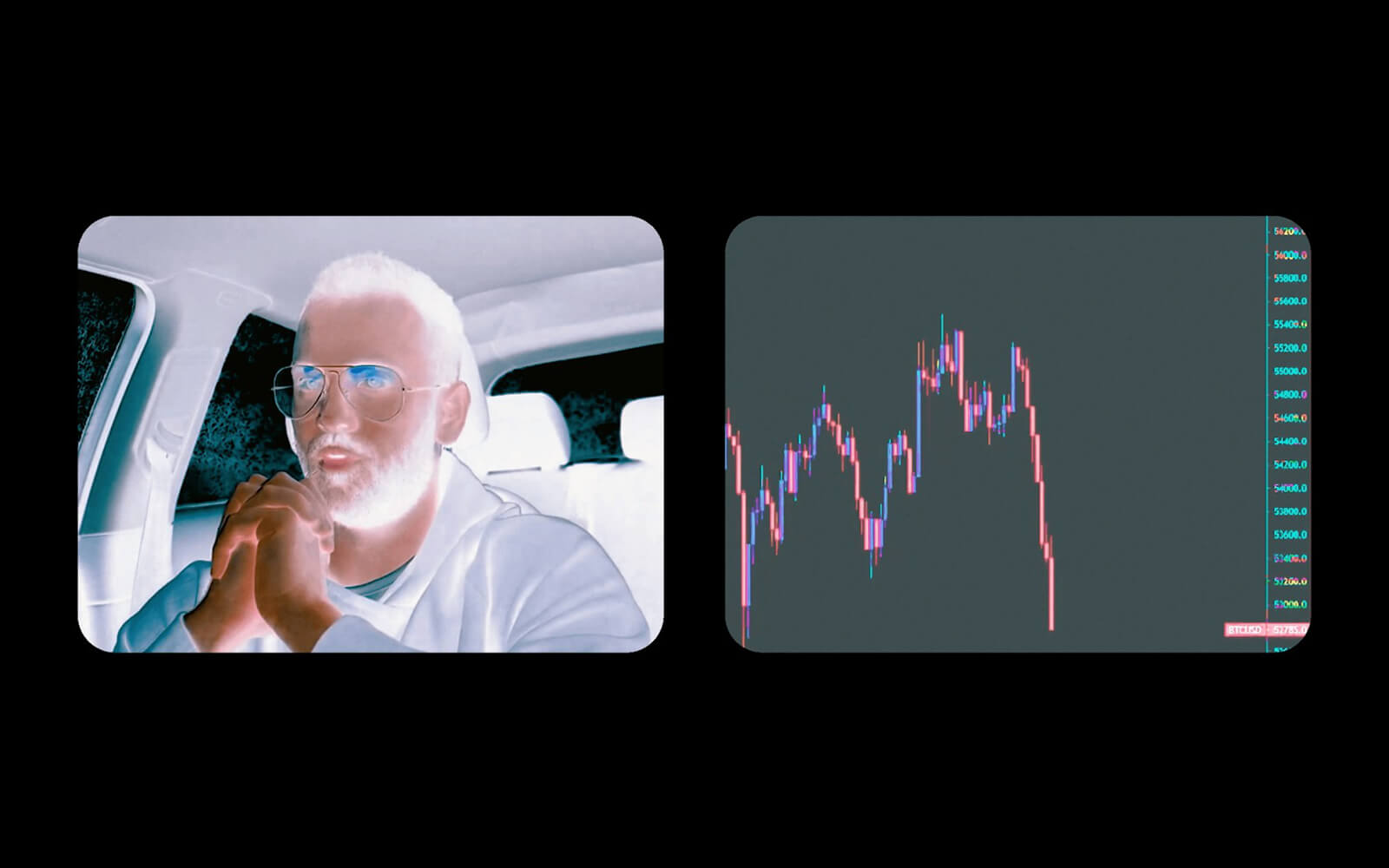
AI Researcher Anticipates Apocalypse in Five Years
“If you put me to a wall and forced me to put probabilities on things, I have a sense that our current remaining timeline looks more like five years than 50 years. Could be two years, could be 10.”
KW Berlin opens “Poetics of Encryption,” an extensive group exhibition that builds on curator Nadim Samman’s eponymous book, illuminating “Black Sites, Black Boxes, and Black Holes”—terms that indicate how technical systems capture users, how they work in stealth, and how they distort cultural space-time. The show gathers both historic and newly commissioned works by over 40 artists including Nora Al-Badri, Clusterduck, Kate Crawford & Vladan Joler, Simon Denny, Eva & Franco Mattes, Trevor Paglen, Rachel Rossin, and Troika.
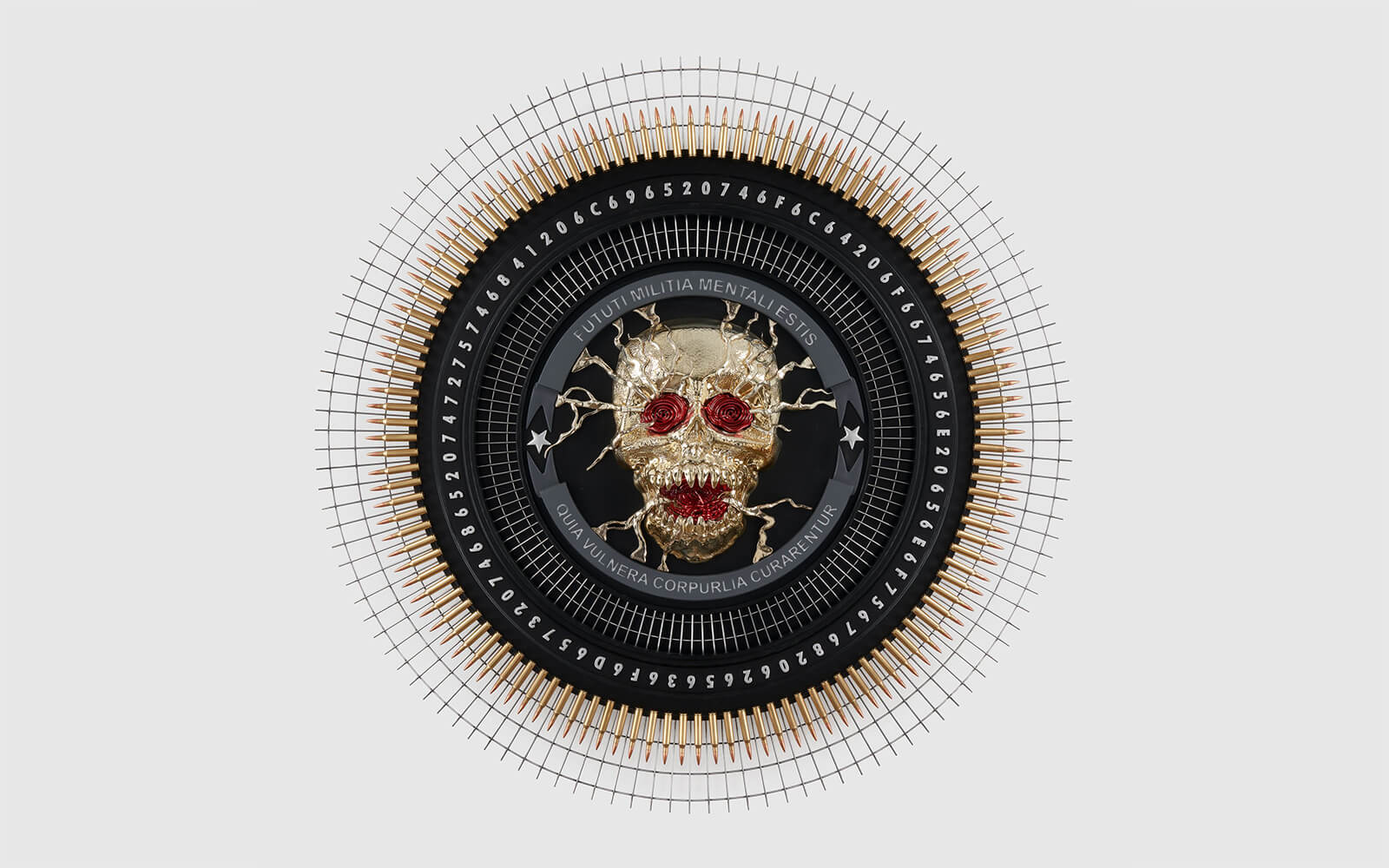
Auriea Harvey Reflects on Exploring Intimacy in the Internet Age
“I wasn’t creating work that was about technology or about the internet or about computers, but about the humans using the computers, myself using computers, my body in front of the computer.”
Tech Columnist Puts Sam Altman’s Staggering GPU Fundraising in Context
“It’s more than Apple and Microsoft’s market caps combined. It’s more than than any company has raised for anything in the history of capitalism.”
Simon Denny
Landscapes
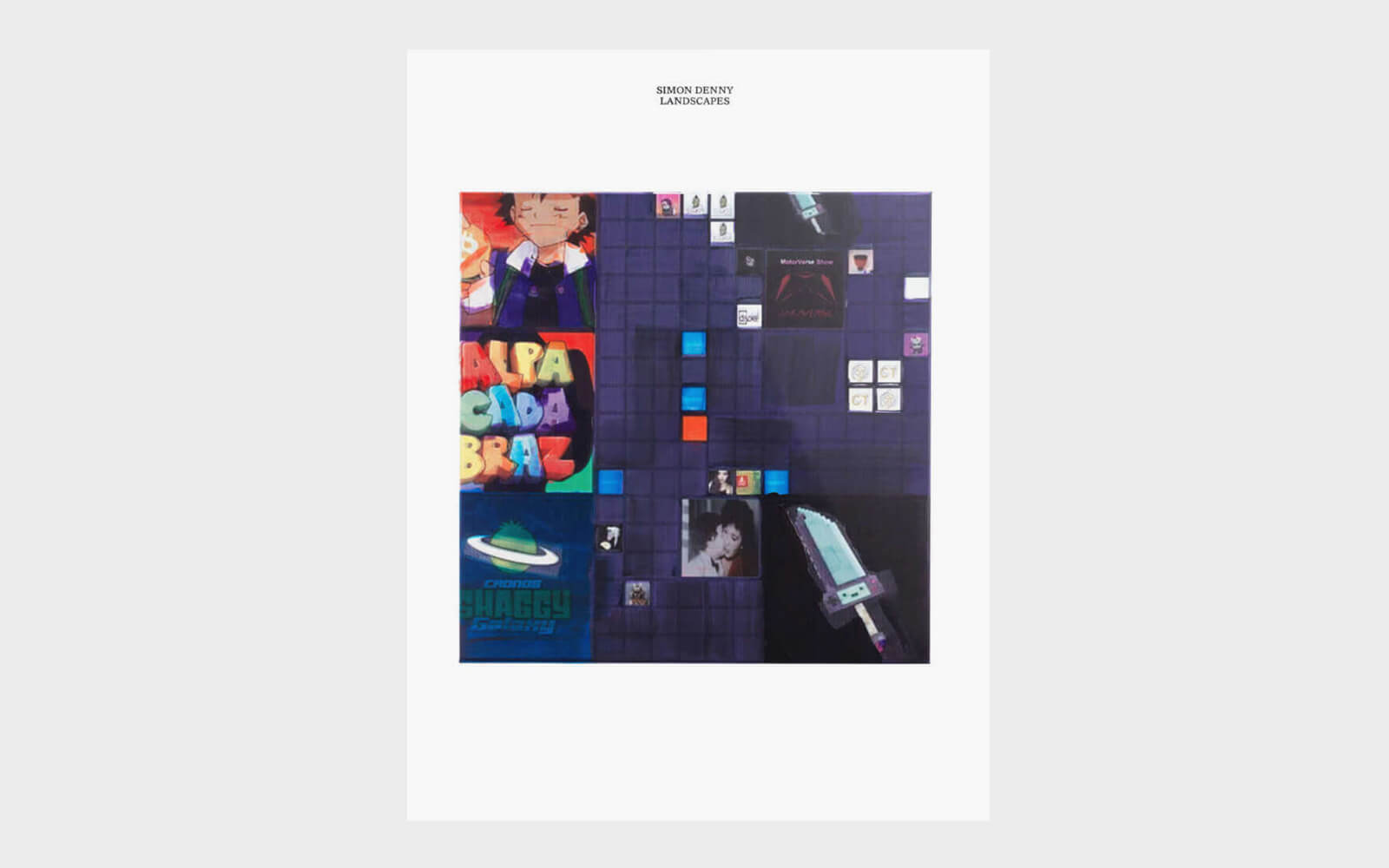
Harold Cohen’s Machine Drawings Offer Respite from Generative AI Meatgrinder
“Cohen developed AARON with intention. The machine and the painter grew together—inefficiently, by tech’s standards, but fruitfully, by art’s.”
“TRANSFER Download: Sea Change” opens at Pérez Art Museum Miami (PAMM), flooding a panoramic ‘video chamber’ with reflections “on the accelerating changes across climate, culture, and time.” The 9th iteration of TRANSFER’s travelling immersive format compiles works by LaTurbo Avedon, Leo Castañeda, Fabiola Larios, Cassie McQuater, Lorna Mills, Rick Silva & Nicolas Sassoon (image: Signals 4, 2023), and Rodell Warner into a playlist of “watery warnings,” rendered as generative art, animated GIFs, videogames, and CGI.
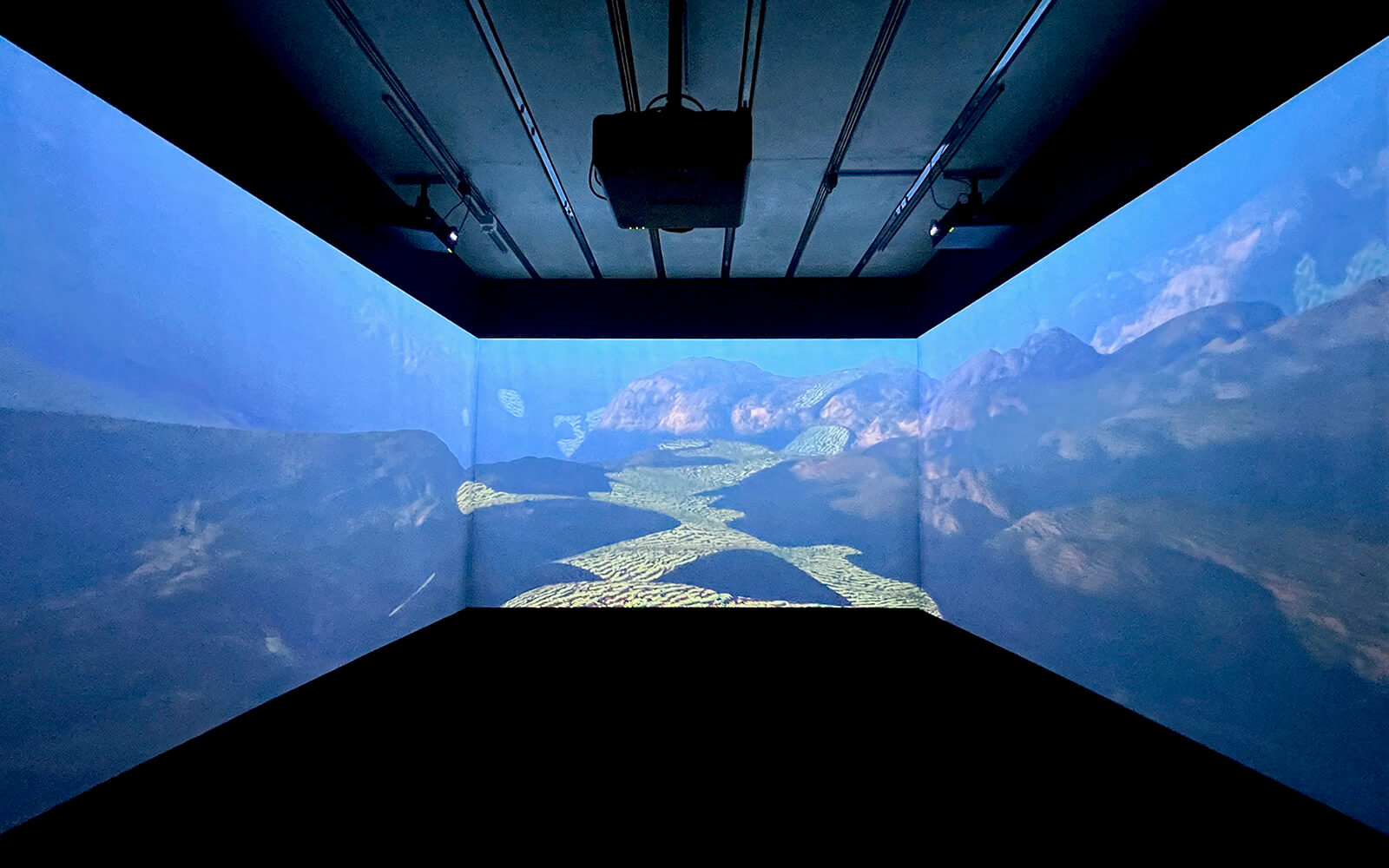
Tech Columnist Bemoans Increasingly Boring AI Chatbots
“A world of sanitized, corporate AI is probably better than one with millions of unhinged chatbots running amok. But I find it all a bit sad. We created an alien form of intelligence and immediately put it to work … making PowerPoints?”
Irish curator Iaraith Ní Fheorais launches the Access Toolkit for Artworkers, a practical guide for planning, producing, and exhibiting accessible art projects including information on finance, workplaces, and display. Drawing on resources created by Caroyln Lazard, Sins Invalid, Unlimited, Leah Clements, Alice Hattrick, and Lizzy Rose, the toolkit is an effort to undo the ableism in art spaces and help eradicate access barriers for d/Deaf, neurodivergent, chronically ill, and disabled communities.
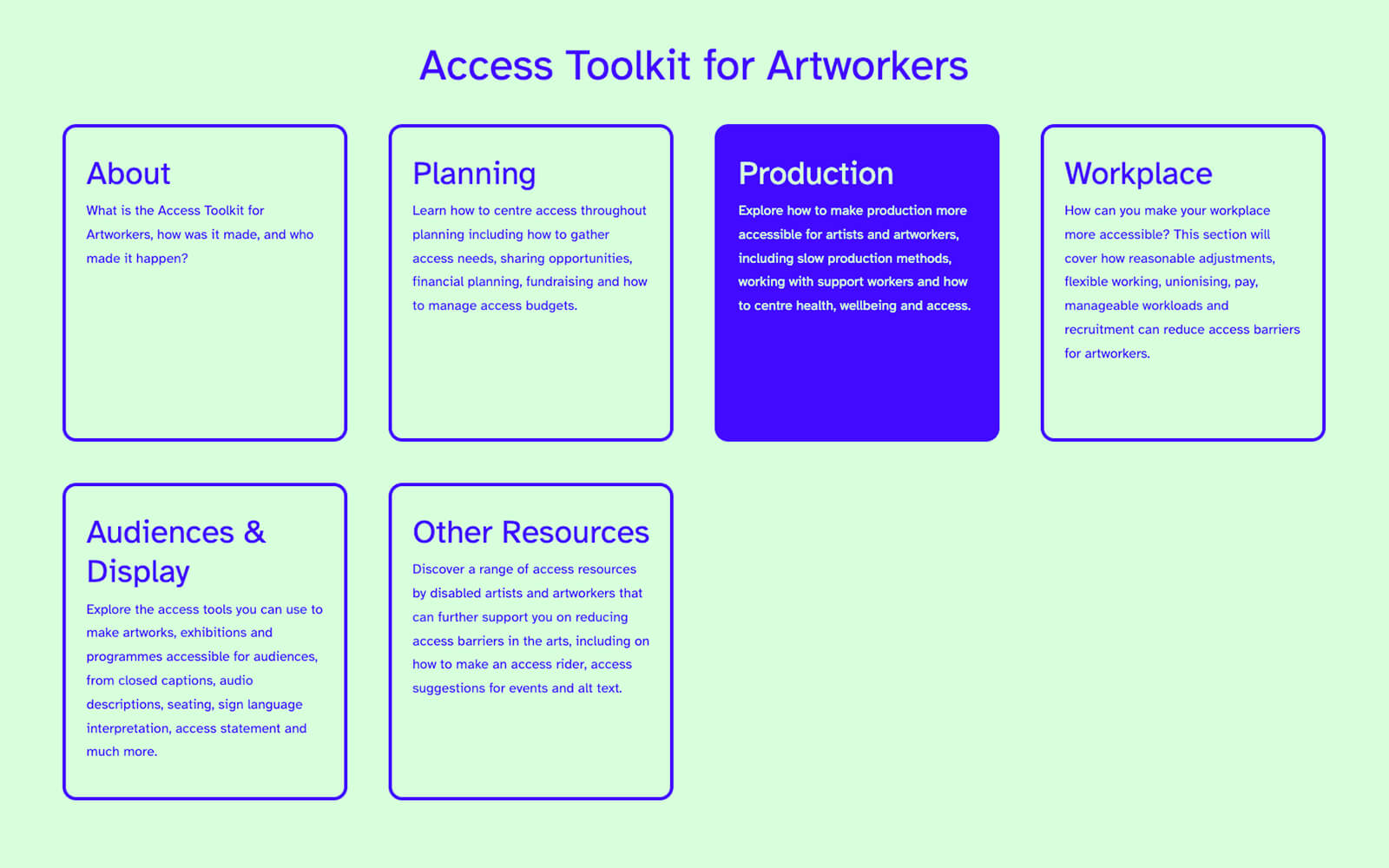
Yanis Varoufakis
Technofeudalism
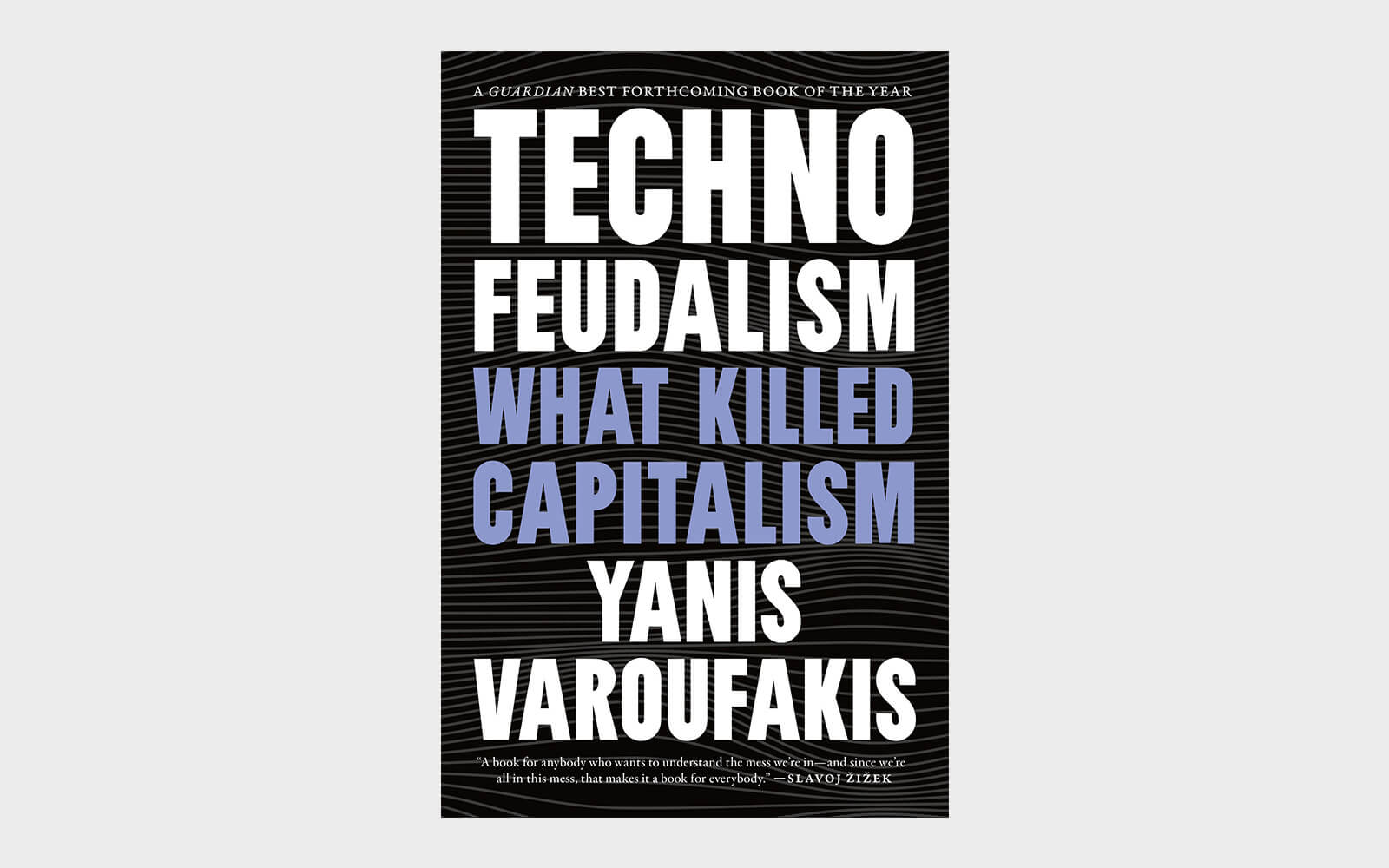
TIME100 AI Impact Awardee Sougwen Chun Stresses the Need for Art and Hybridity
“This award is a spotlight on the meaning made by the artists of today, the artists that came before, and the ones to come. We carry with us the knowledge that exploring the human condition despite the odds, shapes the world in vital and profound ways.”
D’Souza & Staal (eds)
Court for Intergenerational Climate Crimes

Harm van den Dorpel Debunks NFT Posterity
“Nothing is fully on-chain: there are always many more layers of tech off-chain that you depend on that interpret and transform data to display your art, like your browser. And your eyes and your mind to perceive it are extremely mutable too.”
Eva & Franco Mattes solo exhibition “508 Loop Detected” opens at Apalazzogallery (APG) in Brescia (IT), premiering a series of AI Circuit (2024) works that loop AI-processed photos of past shows and an updated version of Personal Photographs (2024, image). The latter conceals a data transfer of newly taken private photos inside a brightly coloured cable loop that spills beyond Apalazzo’s baroque walls. Meanwhile, Roomba Cat (2023) roams around indoors, manifesting meme culture with motorized taxidermy.
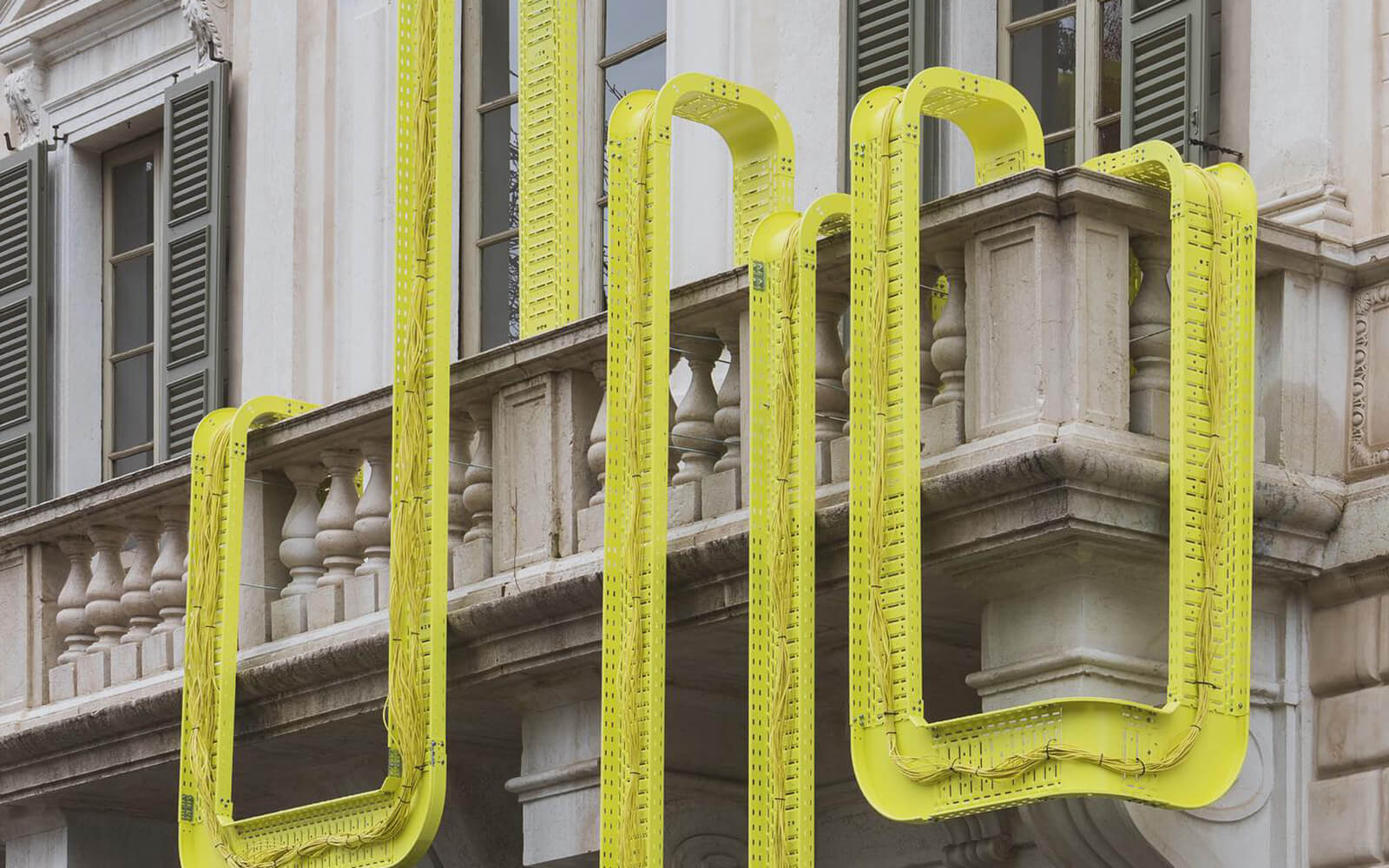
Total Refusal Collective Hijacks Videogames to Talk Politics
“We want to hijack mass media in order to radicalize people politically. Videogames have an enormous potential to question ideology and they don’t fulfil this potential at all.”
Frustrated with the state of today’s social media platforms and how they extract attention (“I feel trapped!”), German graphic designer and creative coding enthusiast Tim Rodenbröker launches a radical alternative: 128kb Challenge is a distraction-free, community-first feed for discovering and sharing minimalist programmed works. Anyone working in Processing, p5.js, or GLSL can participate by submitting GIFs that adhere to the 128×128 pixels, 128 colours, and 128 kilobyte size limit.
